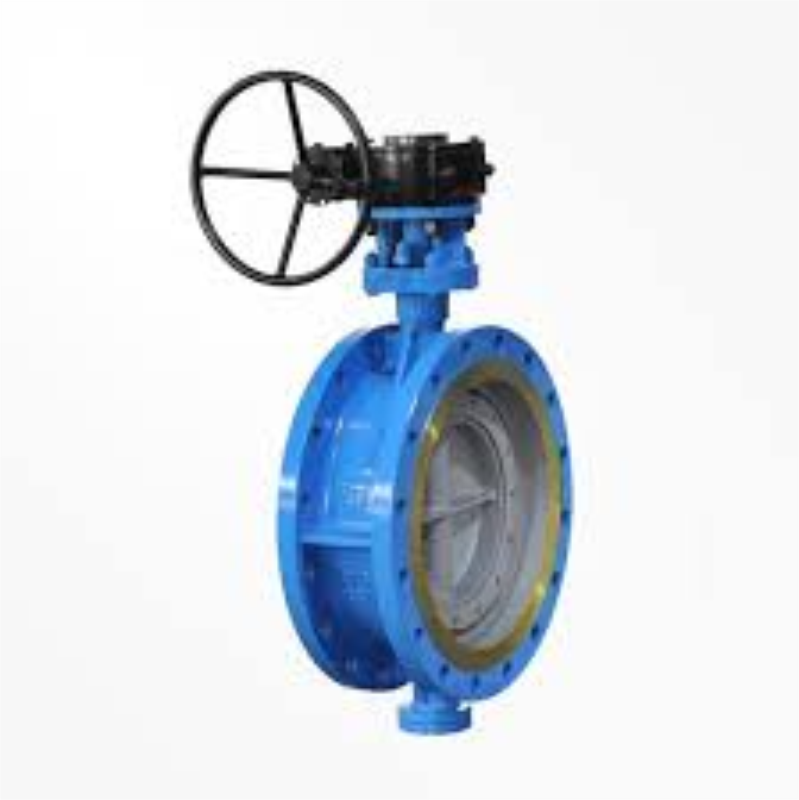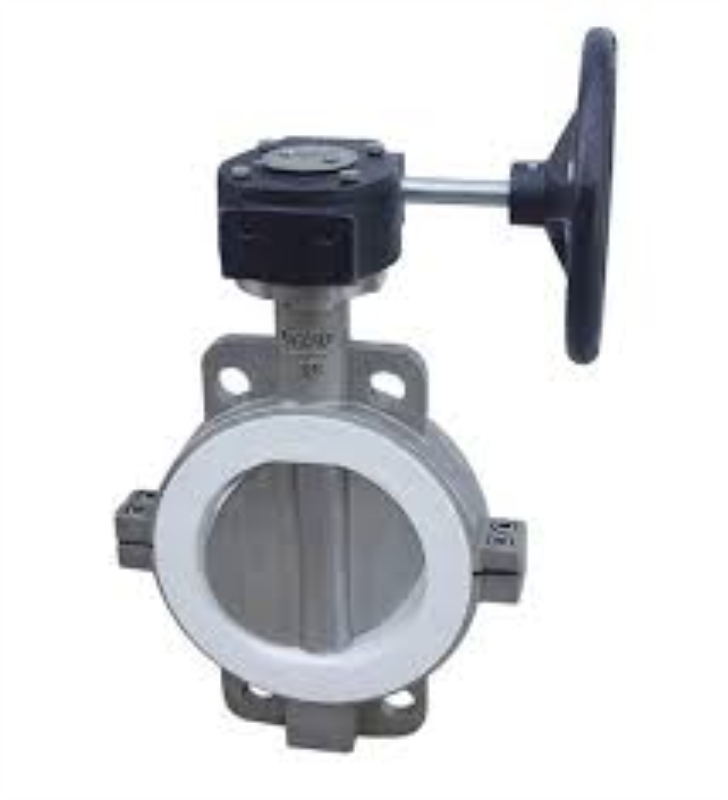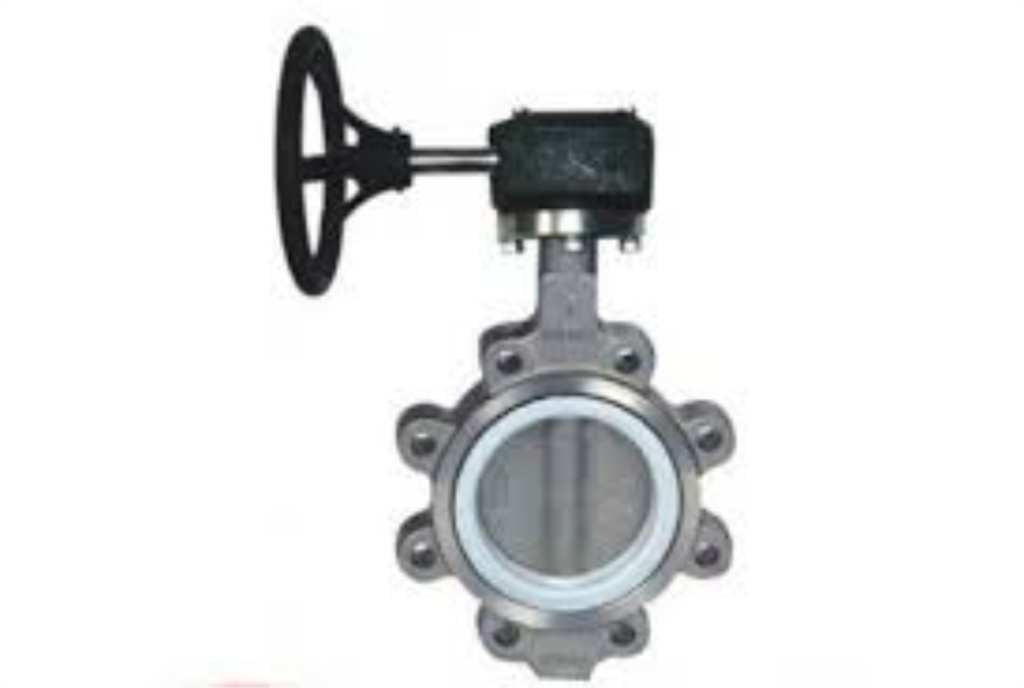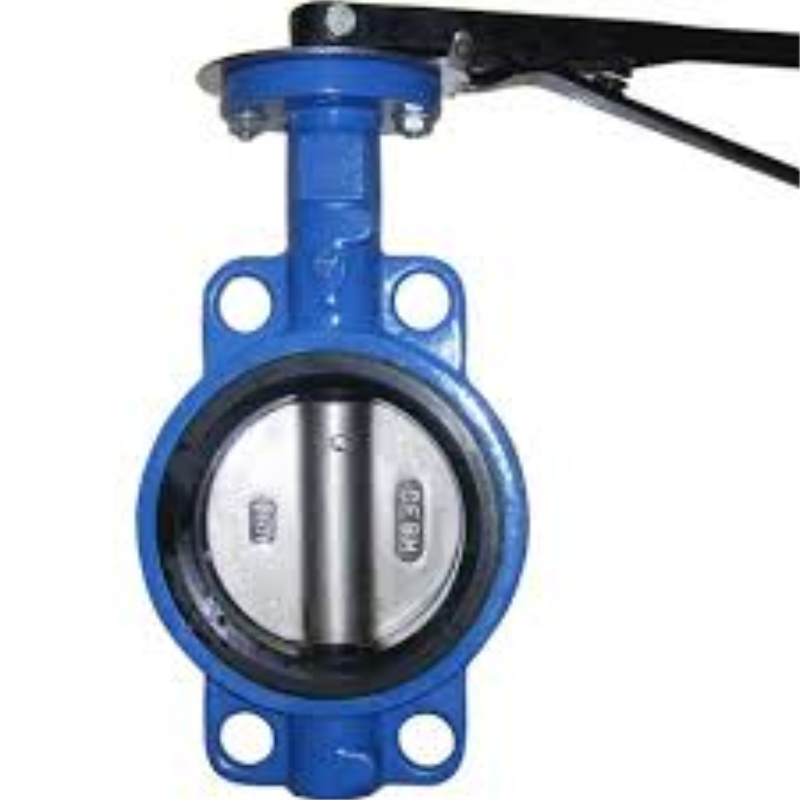Butterfly valves are versatile and reliable flow control devices that find widespread applications across numerous industries, from water treatment to oil and gas pipelines. Their unique design, characterized by a circular disk or “butterfly” that rotates within a cylindrical pipe, makes them an efficient choice for regulating fluid flow. Here’s a brief overview of the essential functions of butterfly valves.

At the heart of butterfly valves lies their ability to precisely control the flow of fluids. By rotating the disk, operators can gradually open or close the valve, allowing for fine-tuned adjustments to fluid flow rates. This feature is particularly useful in processes requiring delicate flow management.

Compared to other valve types, butterfly valves offer faster actuation times due to their simplistic design. This quick response is crucial in emergency shut-off situations or when rapid adjustments are necessary to maintain process stability.

The compact nature of butterfly valves makes them ideal for space-constrained installations. Their small footprint minimizes the need for extensive piping modifications, reducing installation costs and complexity.

Designed for durability, butterfly valves typically require minimal maintenance. Their simple construction and limited moving parts translate into fewer wear and tear issues, ensuring reliable performance over extended periods.

Given their low installation and maintenance costs, butterfly valves offer an economical solution for a wide range of flow control applications. They are an attractive alternative to more expensive valve types, especially in large-scale projects.

Available in various materials, including metals like stainless steel and cast iron, as well as resilient, butterfly valves can withstand a wide range of fluids and pressures. This versatility ensures they are suitable for diverse industrial applications, from clean water distribution to corrosive chemical handling.
In conclusion, butterfly valves are invaluable tools for regulating fluid flow in numerous industries. Their efficient flow control, quick actuation, compact design, low maintenance requirements, cost-effectiveness, and versatility make them a go-to choice for engineers and operators seeking reliable and cost-efficient flow control solutions.
